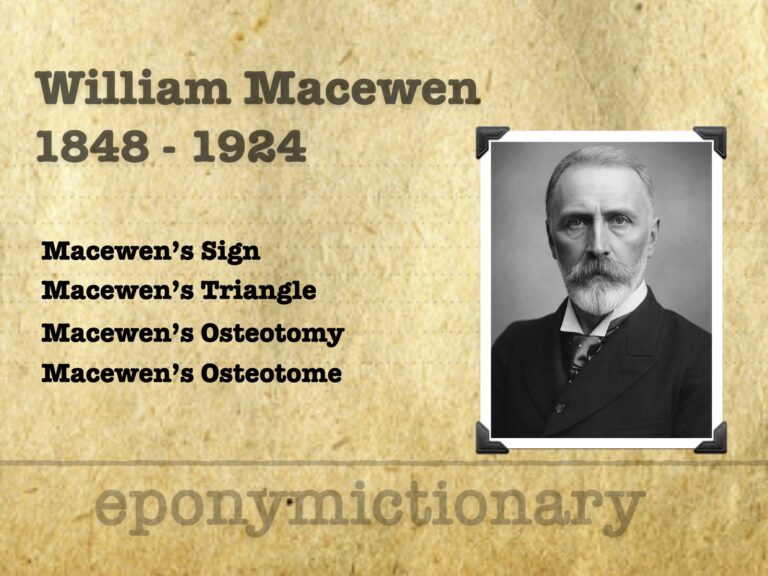
William Macewen
Scottish surgeon Sir William Macewen (1848–1924) pioneered neurosurgery, bone grafting, and antiseptic technique, transforming modern surgical practice

Scottish surgeon Sir William Macewen (1848–1924) pioneered neurosurgery, bone grafting, and antiseptic technique, transforming modern surgical practice
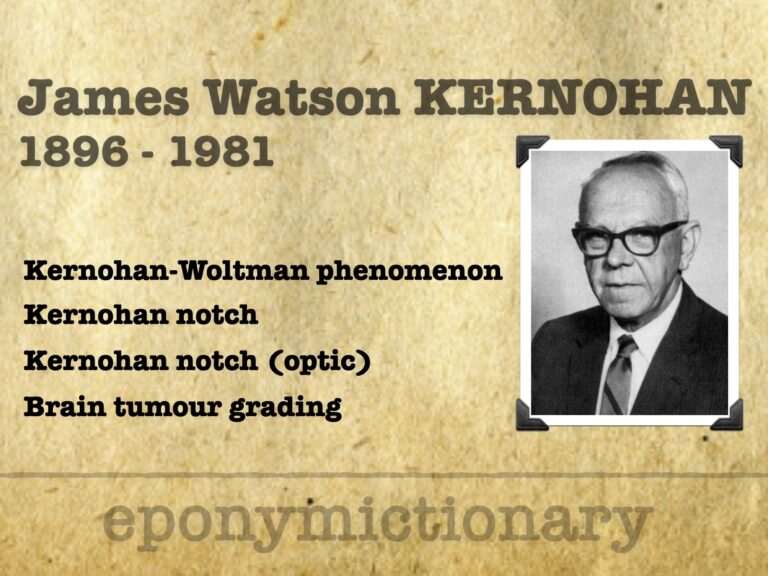
James W. Kernohan (1896–1981), pioneer of glioma grading and the Kernohan notch, shaped modern neuropathology through diagnostic clarity and clinical insight.
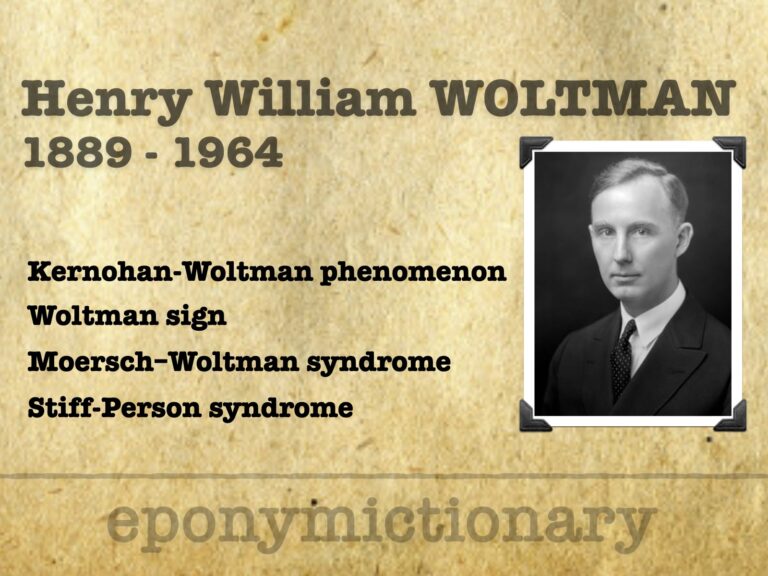
Henry Woltman (1889–1964), Mayo Clinic neurologist, Kernohan-Woltman notch, stiff-man syndrome, and myxoedema reflex; leader in U.S. neurology
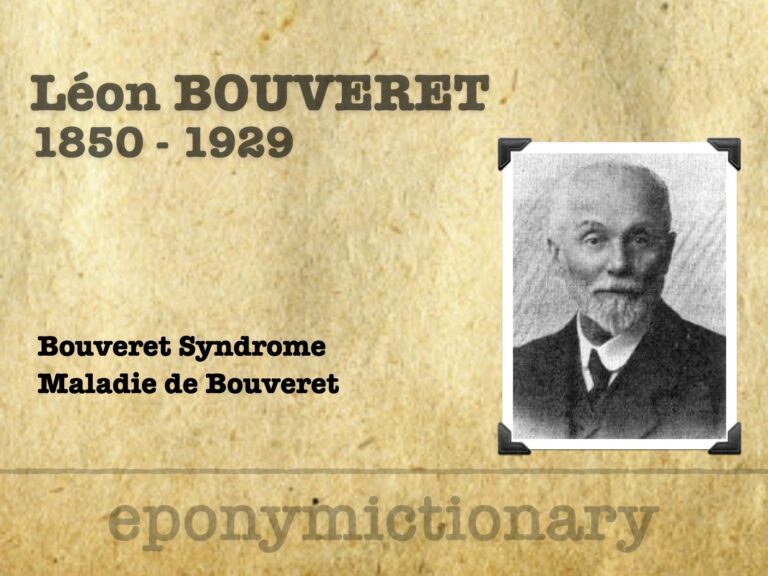
Léon Bouveret (1850-1929) was a French internal medicine physician. Eponymous terms Maladie de Bouveret (1889) and Bouveret Syndrome (1895)
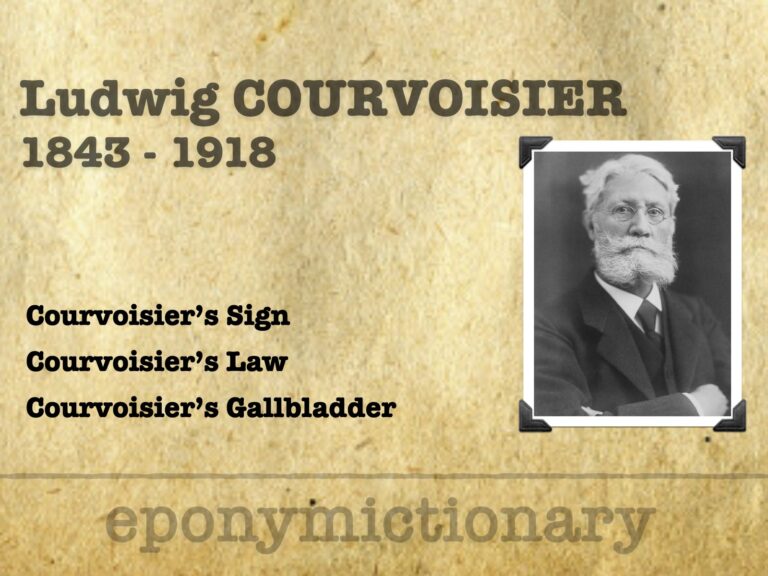
Ludwig Georg Courvoisier (1843-1918) was a Swiss surgeon, academic, and naturalist best remembered for Courvoisier’s sign / law (1890)

Sir Morell Mackenzie (1837–1892), pioneer of laryngology, founder of the Throat Hospital, author of the ‘laryngologist’s Bible’, and royal physician
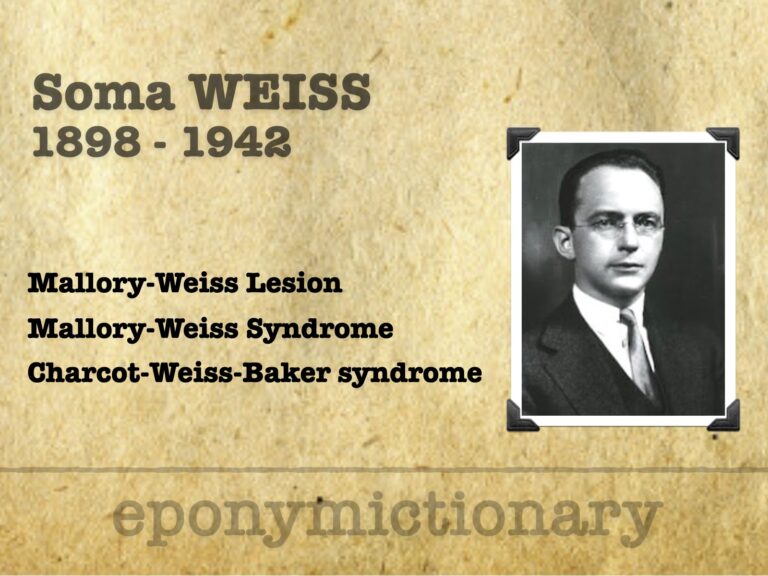
Soma Weiss (1898-1942) was a Hungarian-born American physician. Mallory-Weiss Syndrome/lesion/tear and Charcot-Weiss-Baker Syndrome.
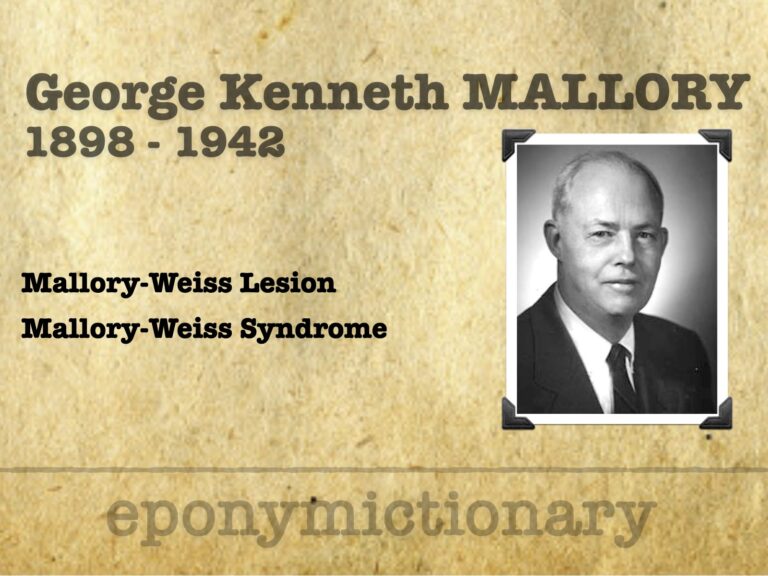
George Kenneth Mallory (1900–1986), American pathologist, co-described Mallory–Weiss syndrome and advanced cardiac, renal, and hepatic pathology

Philip R. Allison (1907–1974), pioneering thoracic surgeon, defined reflux oesophagitis, advanced Barrett’s oesophagus, and led Oxford surgery
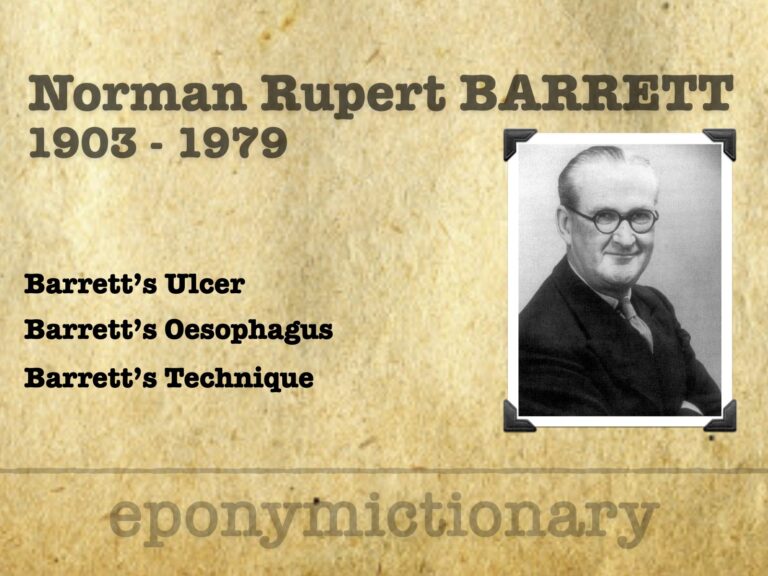
Norman Barrett (1903–1979), thoracic surgeon, pioneer of oesophageal surgery, first repair of Boerhaave’s syndrome, and namesake of Barrett’s oesophagus.
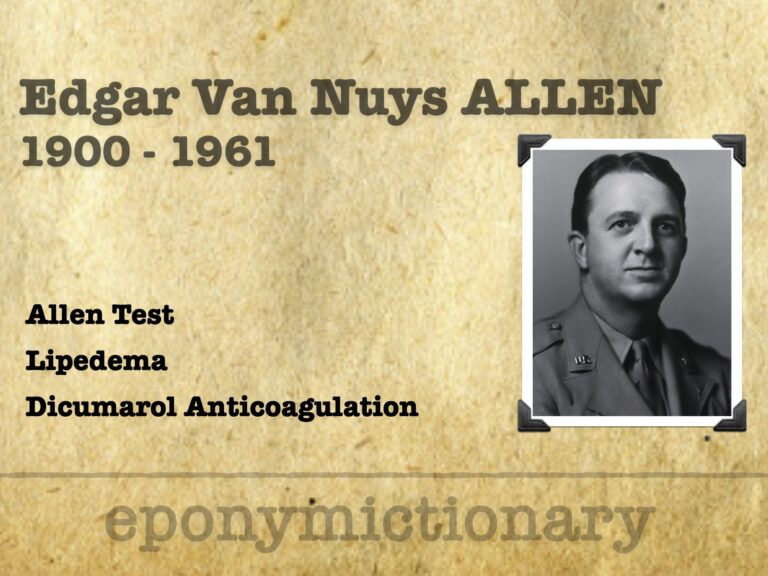
Pioneer of the Allen test and anticoagulant therapy, Edgar V. Allen (1900–1961) advanced vascular medicine with key insights into dicumarol use and lipedema

Sir James Mackenzie (1853–1925), Scottish GP and pioneer cardiologist, invented the ink polygraph and defined arrhythmias, angina, and atrial fibrillation